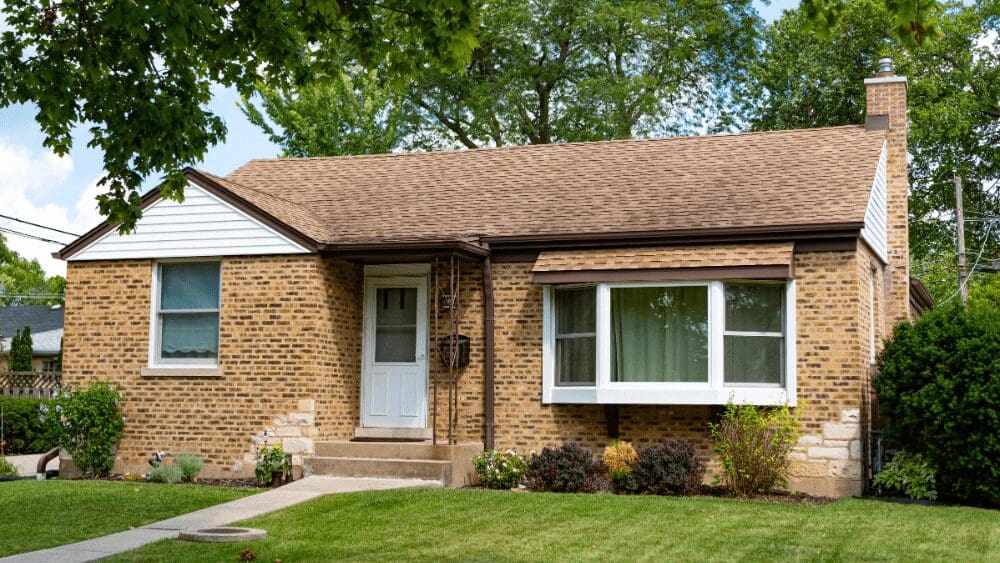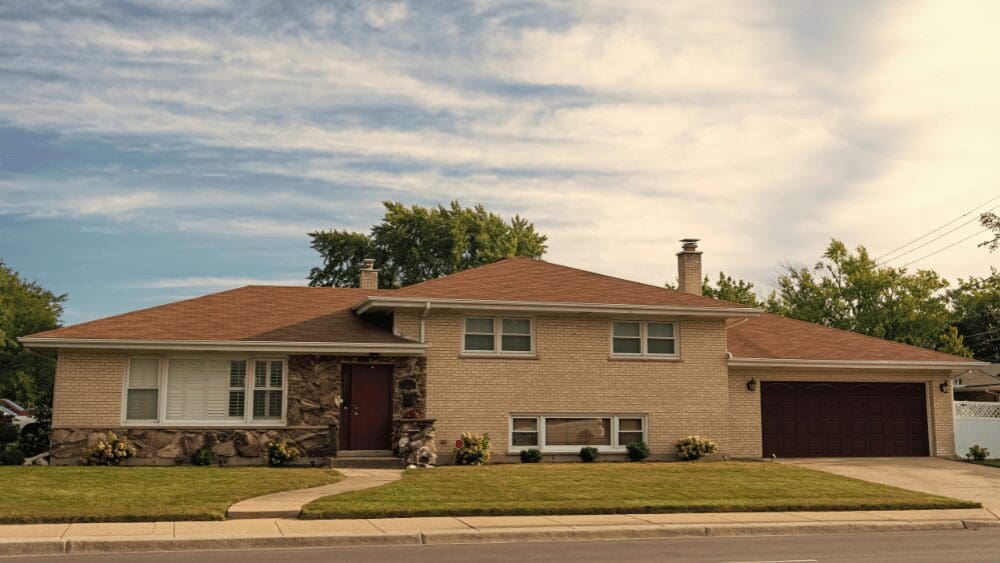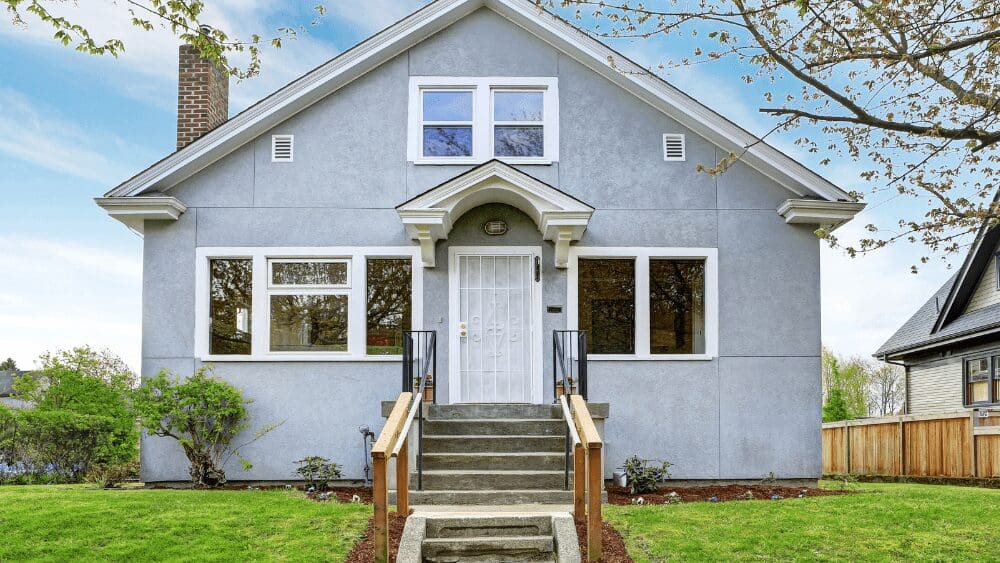
Buying and selling homes in Maine often involves a tricky balance of timing and funds, especially in a market with low inventory and high prices. As a homeowner, you might feel cornered into selling your current home before you can afford to buy a new one, leading to the hassle of finding temporary housing in the interim. However, a solution might fit your needs perfectly: a bridge loan. This short-term financing option is designed to help you purchase your new home in Maine before selling your old one, easing the transition and aligning the pieces of your real estate journey more smoothly. A bridge loan is essentially a financial lifeline for homeowners like you, caught in the transition of buying a new home while still owning the old one. Think of it as a short-term loan that taps into the equity of your current home, providing you with the necessary funds to make a down payment and cover closing costs on your new property. While these loans are pricier than traditional mortgages, they offer a significant advantage: they allow you to swiftly secure your new home without waiting for your old one to sell. This can be a game-changer in a competitive real estate market like Maine’s, where timing is everything. A typical situation where you might find a bridge loan helpful is when you’re eager to snap up a new property before your current home has sold. This is where the equity in your existing home steps in to cover the down payment and closing costs for your new abode. The financial institution arranging the mortgage for your new Maine home will often manage your bridge loan. They usually require that your current home is actively listed for sale, and they’ll offer the bridge loan for a period ranging from six months up to a year. An important factor in this scenario is your debt-to-income ratio (DTI). This ratio will take into account your existing mortgage payments on your current home, the mortgage payments on your new home, and any interest-only payments on the bridge loan, if they apply. However, there’s a silver lining. If your old home is already under contract, and the buyer has secured their loan approval, your lender might only consider the mortgage payment of your new home in the DTI calculation. This flexibility can be crucial, as lenders must be confident that you can comfortably manage payments on both properties in case your current home doesn’t sell as quickly as anticipated. Bridge loans in Maine offer several advantages that can make your home-buying experience more flexible and less stressful. These benefits make a bridge loan an appealing option for Maine buyers who need financial flexibility before accessing the equity from their previous home’s sale. While bridge loans can be a strategic solution for many homeowners, it’s important to consider their potential drawbacks: Understanding these challenges is crucial in determining whether a bridge loan suits your financial situation. A bridge loan isn’t always the go-to solution for every real estate scenario. Still, it can significantly ease the transition from your old home to a new one in certain situations. Here are some instances where a bridge loan might be the right choice:What is a bridge loan, in simple words?
How does a bridge loan work in Maine?
What are the benefits of a bridge loan in Maine?
What are the drawbacks of a bridge loan?
When is a bridge loan a good solution?



